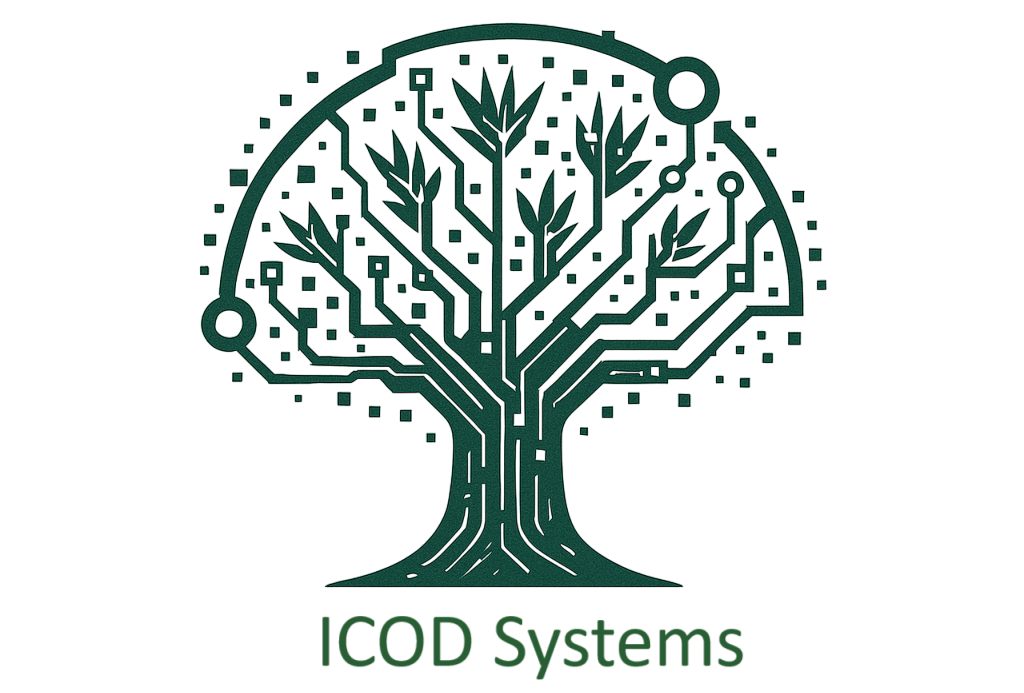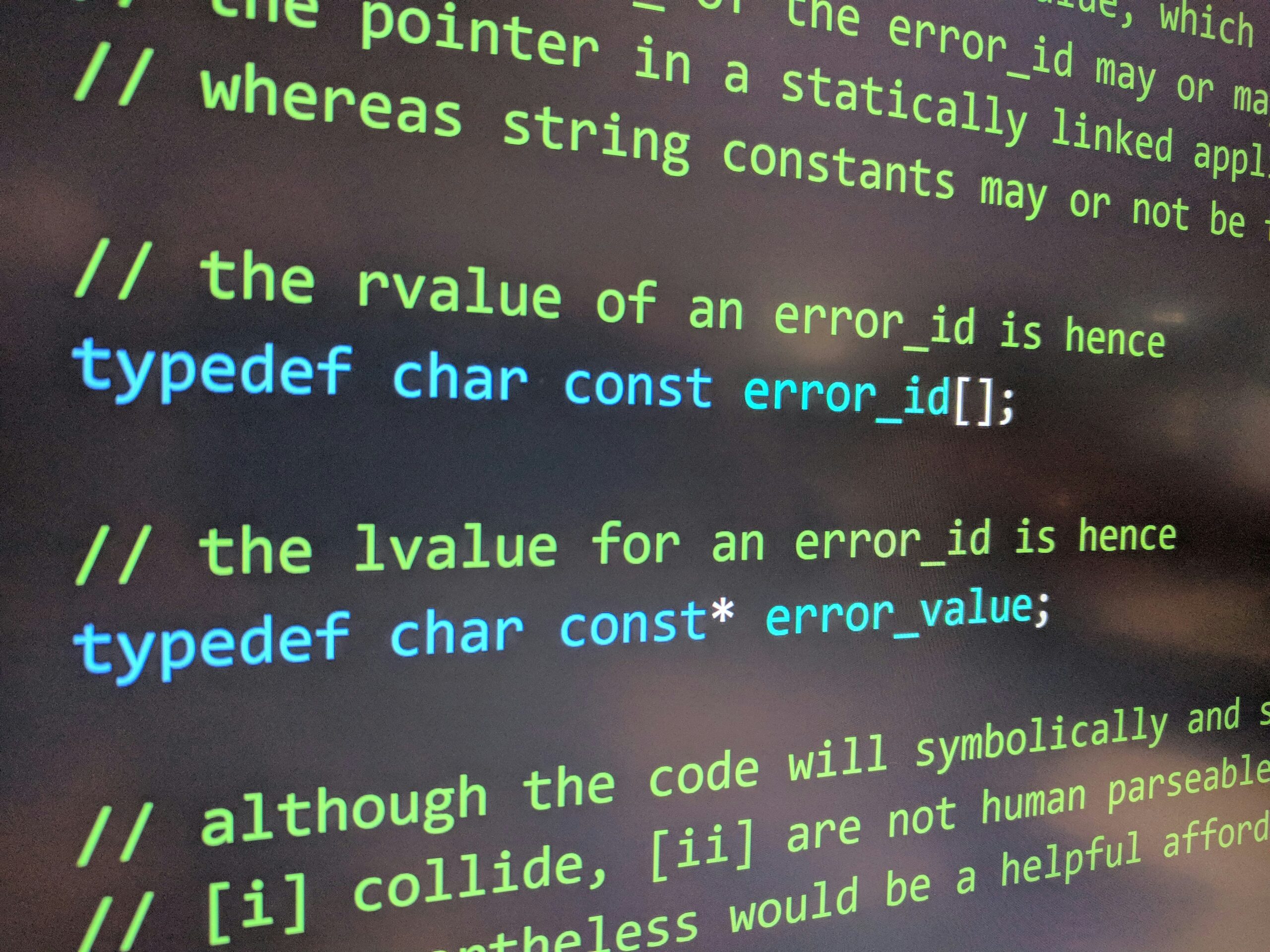In a world that moves faster than traditional IT cycles, companies can no longer afford to wait months to launch an app or automate a process. That’s why Low Code has become a game-changer.
⚙️ What Is Low Code?
Low Code development platforms allow users to create applications with minimal hand-coding, using visual interfaces and drag-and-drop components. The result: faster, more flexible, and more collaborative development.
🚀 The Key Advantages
- Speed: Build apps up to 10x faster than traditional methods.
- Flexibility: Adapt quickly to business needs without deep coding.
- Accessibility: Empower non-technical professionals to build solutions.
- Cost Efficiency: Reduce development and maintenance costs.
- Scalability: Integrate easily with APIs, legacy systems, and cloud services.
🌍 Where Low Code Thrives
Low Code isn’t just for tech startups. It’s driving transformation across industries:
- Finance: Automation of loan approvals, fraud detection, and compliance.
- Healthcare: Streamlined scheduling, patient records, and reporting systems.
- Retail: Omnichannel inventory and customer experience management.
- Manufacturing: Production tracking, logistics, and supply chain automation.
- Public Administration: Smart services for citizens and efficient data management.
👩💻 Who Makes It Work
You don’t need a team of senior developers to get started, but you do need the right mix of roles:
- Business users (or citizen developers) who understand the challenge.
- IT supervisors to guarantee data security and architecture integrity.
- Change leaders who drive adoption and cultural transformation.
Low Code is more than a trend, it’s a mindset shift.
It’s about empowering every professional to become a creator and turning digital transformation into something everyone can contribute to.
“In the future, every employee will be a developer, not by code, but by creativity.”




